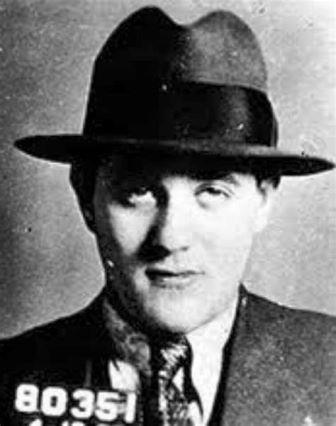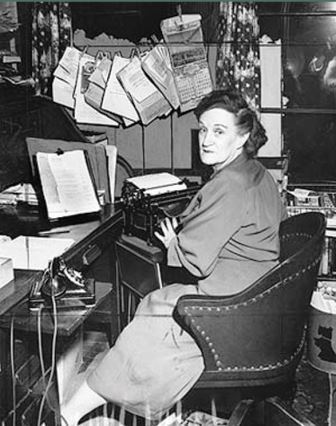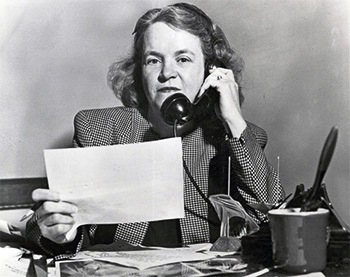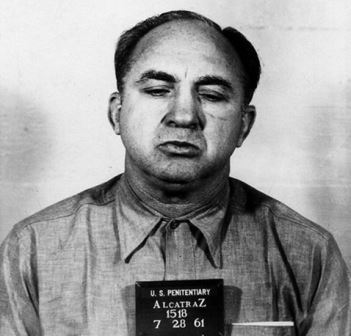%20Jodie%20Southgate%20-%20crop.jpg)
© Jodi Southgate
My
new thriller The Syndicate begins in
June 1947. Detective Jonathan Craine has left his old life in Hollywood behind
him, content to live out his days on a farm in rural California with his
teenage son. But after mobsters turn up
uninvited, Craine is summoned to Las Vegas to meet mob head
Meyer Lansky. Craine finds himself given the impossible task of solving the murder of Bugsy Siegel,
infamous Hollywood gangster and the man who invented Las Vegas. He has
five days to solve the crime. And if he fails, both he and his son will be
killed.
Of
course what follows is entirely fictional. But the case itself was real.

Bugsy Siegel
Bugsy
Siegel was a celebrity mob figure popularly known as the man who created Las
Vegas. The subject of countless books, TV dramas and documentaries, the story
of Siegel’s colourful life was also the basis for the Oscar-winning film Bugsy, starring Warren Beatty. Siegel’s
idea to turn Vegas into a gambling mecca was laughed at at the time. Friends
thought he was crazy. The fact that in only seventy years Vegas has gone from a
small dirt town to a major entertainment capital is quite something in itself.
And Siegel – and the mob – was the catalyst that made it happen.
Bugsy
Siegel was assassinated at his home in Beverly Hills in June 1947, a few months
after the opening of The Flamingo Hotel. The murder was labelled a mob hit but
after weeks of investigating, the LAPD and FBI found no tangible evidence or
leads as to the identity of the shooter. The murder remains unsolved.
Although
Jonathan Craine is a fictional protagonist, many of the characters that feature
in the novel are based on, or inspired by, real people involved in the case. But
even though The Syndicate follows the
noir tradition, I really wanted to feature a strong female character that
wasn’t a foil or femme fatale. I wanted Craine to have a female peer who is as
intelligent and driven as he is, without her becoming a mere love interest.
This
proved difficult in a 1940s setting: there weren’t female detectives or police
officers at the time. There weren’t many senior positions filled by women in
the mob or the Hollywood motion picture industry either. So where could I find
inspiration for my female character?
The
answer came in the form of two journalists, Florabel Muir and Agness Underwood,
intrepid crime reporters whose stories are worthy of their own books, films or
TV series. Battling sexism and unequal pay, they were key players in two of the
biggest stories of 1947: the Black Dahlia murder and Bugsy Siegel’s
assassination.

 x
x
Florabel Muir and Agness Underwood
In
the summer of ’47, the investigation into Bugsy Siegel’s death became a national
conversation, dominating headlines for many months after his death. So it
seemed natural to me to feature a fictional newspaper as part of the narrative.
In fact, the 1930s and 1940s was a period where press magnates had huge control
over public thinking. And they in turn were often swayed by important figures
in patriarchal society. Studio heads like Louis Mayer were even more protected
than producers like Harvey Weinstein.
Both
Florabel Muir and Agness Underwood were anomalies in the male-dominated world
of newspapers. Women were mostly restricted to covering the society pages,
so both became hidden figures whose contributions to crime reporting were
considerable.
Florabel
Muir became known for her mix of covering Hollywood celebrities and underworld mobsters.
She was particularly close to mob head Mickey Cohen, and was wounded in an
assassination attempt on Cohen on the Sunset Strip in 1949. It didn’t stop her
from grabbing an exclusive.

Mickey Cohen
Like
Muir, Agness Underwood was undeterred by the gorier elements of crime reporting
and had a knack for finding clues and details that other reporters missed. She
was also heavily involved in the “Black Dahlia” case, one of the first major
crimes in post-World War II America to capture national
attention.
Elizabeth
Short’s corpse was discovered on January 15th 1947. Her body was severely mutilated, severed at
the waist with her face slashed from ear to ear in what is morbidly known as
the “Glasgow smile”. Underwood was among the first to arrive at the scene and
was heavily involved in the case. She was even reported to have come up with
the moniker “Black Dahlia” herself. She
was pulled from reporting on the Black Dahlia case twice but in an odd twist of
fate, the second time was to promote her to City Editor of the Herald-Express.
In doing so she became one of the first women in the United States to hold a
city editorship on a major metropolitan daily.
My
character Tilda Conroy is an amalgamation of these two unique women. Last year,
two female New York Times reporters Jodi Kantor and Megan Twohey broke
the Weinstein story. I like to think that Agness Underwood and Florabel Muir
helped pave the way.

THE SYNDICATE by Guy
Bolton is published by Point Blank
an imprint of
Oneworld
4 October,
hardback £16.99.